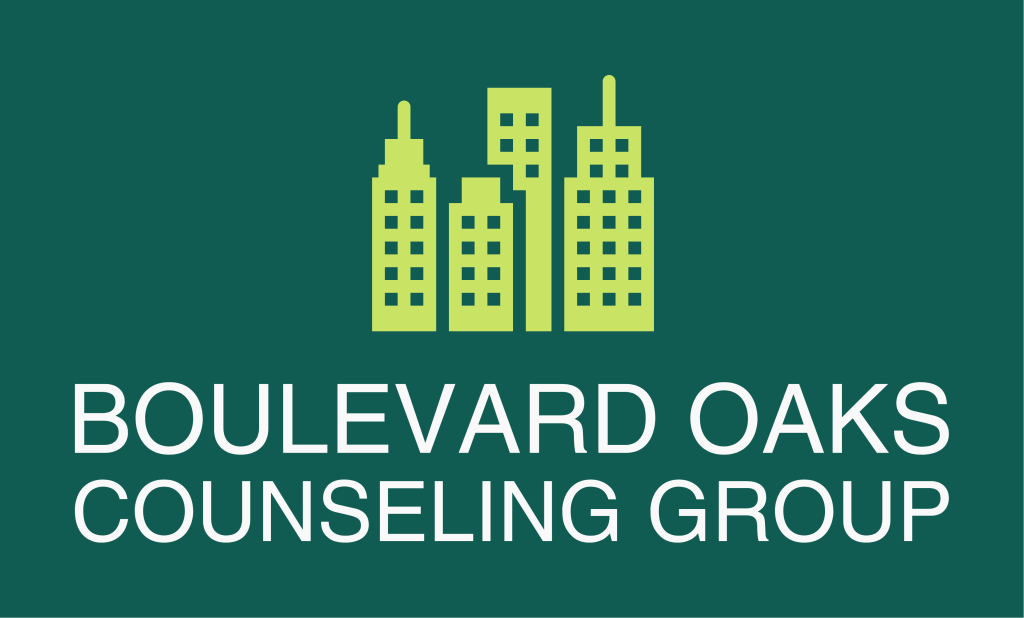Eye Movement Desensitization and Reprocessing (EMDR) therapy is a structured, evidence-based approach designed to help individuals process and integrate traumatic memories, offering a lifeline to those grappling with post-traumatic stress disorder (PTSD) and other trauma-related conditions. Developed by psychologist Francine Shapiro in the late 1980s, EMDR hinges on the idea that traumatic memories can become “stuck” in the brain, triggering distress when activated. By engaging patients in bilateral stimulation-often through guided eye movements, but sometimes via taps, or tones– EMDR helps rewire the brain’s response to these memories, allowing them to be processed in a way that reduces their emotional charge. Think of it as helping the mind file away a painful memory in a less disruptive drawer, not erasing it but stripping its power to haunt.
For those with PTSD, the world can feel like a minefield where triggers lurk in everyday moments-a car backfiring, a crowded room, or even a fleeting thought. EMDR works by targeting these specific memories, guiding patients to revisit them in a safe, controlled setting while the therapist facilitates reprocessing. This process, typically unfolding over eight phases, helps the brain reprocess the memory, transforming it from a raw wound into a narrative that no longer hijacks the present. Studies show EMDR can significantly reduce PTSD symptoms, often faster than traditional talk therapies, with some patients reporting relief in just a few sessions. It’s not magic—it’s a method grounded in the brain’s plasticity, leveraging our natural capacity to heal when given the right tools.
It’s important to note EMDR isn’t a one-size-fits-all fix—it’s a tool best utilized by trained professionals for those ready to face their past. For trauma survivors, this can feel like a revelation: a way to loosen the grip of memories that have held them hostage. As we learn more about the mind’s ability to adapt, EMDR stands out as a testament to human resilience—a reminder, in the spirit of our shared quest for understanding, that even the deepest wounds can find a path to healing.

